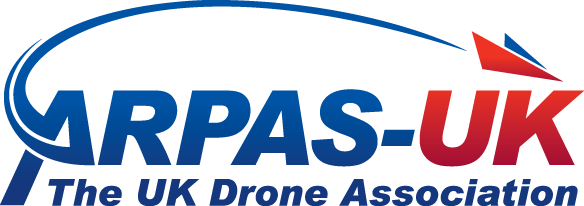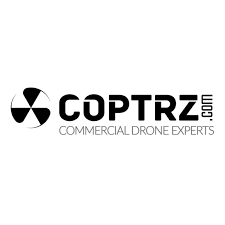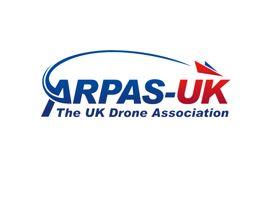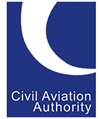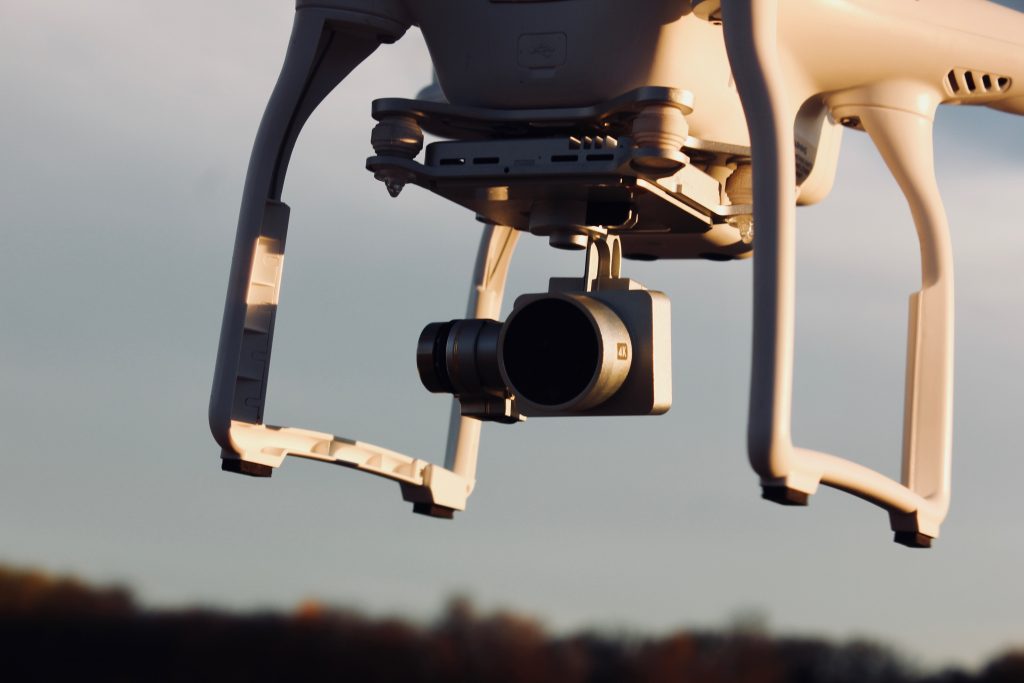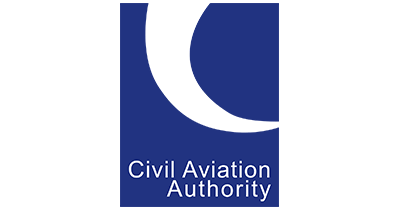A recent UK Airprox Board investigation and the CAA’s ongoing assessment of the mid-air collision(MAC) safety risk has shown that some service providers and UAS manufacturers are not using accurate and/or complete sources of Aeronautical Information. Using accurate and complete Aeronautical Information is a significant mitigation to the reduction of the MAC risk between UAS and manned aircraft.
It is hoped that you will agree that from both safety and business perspectives it makes sense to use the most up to date, accurate and complete Aeronautical Information in your services and products. This also prepares you for any additional future service and product requirements that may be developed in the UK. That is why that I would like to tell you where the official source of Aeronautical Information can be found, where to use it and to recommend where you should pay special attention.
Further details on best practices can be found in CAP779 (Chapter 1, Paragraph 1.35) which contains information for all organisations or individuals that process aeronautical information sourced from UK Aeronautical Information Products to help ensure that data maintains its integrity, is timely, complete and in a form suitable for users.
The official source of Aeronautical Information in the UK
The official source to obtain accurate and complete Aeronautical Information in the UK is the UK Aeronautical Information Publication (AIP).
Where to use Aeronautical Information
The CAA recommends that the official source of Aeronautical Information is used in online web applications, mobile applications, ground control stations and geofencing systems.
Areas of Aeronautical Information recommended for special attention
The CAA encourages special attention to the following sections, and recommends that relevant information from these sections is included within any mapping products for UAS operators and remote pilots. In addition, the CAA also encourages, where possible, the display of temporary airspace restrictions and other relevant temporary activities, that are notified by NOTAM.
Part 2 – Enroute Section 5
ENR 5.1 PROHIBITED, RESTRICTED AND DANGER AREAS
ENR 5.2 MILITARY EXERCISE AND TRAINING AREAS AND AIR DEFENCE IDENTIFICATION ZONE (ADIZ)
ENR 5.3 OTHER ACTIVITIES OF A DANGEROUS NATURE AND OTHER POTENTIAL HAZARDS
ENR 5.4 AIR NAVIGATION OBSTACLES
ENR 5.5 AERIAL SPORTING AND RECREATIONAL ACTIVITIES
It is always important that all Aeronautical Information is accurate and complete. Some areas where the accuracy and completeness is critical are; Flight Restriction Zones (FRZ), Danger Areas, Restricted Zones, Prohibited Areas, Small Arms Ranges, Glider Sites, Parachute Sites, and High Intensity Radio Transmission Areas.
The CAA recommends that service providers and UAS manufacturers:
Check that any data displayed to remote pilots is accurate and aligned with the AIP and where there is an error correct it as quickly as possible
- Check that any data displayed to remote pilots is accurate and aligned with the AIP and where there is an error correct it as quickly as possible
- Check that geofencing (if implemented) is accurate and aligned with the AIP and where there is an error correct it as quickly as possible
- Display additional relevant data (other than airspace restrictions), from the AIP sections described above
- Implement a plan to regularly review the above data to avoid future inaccuracies occurring
General Aviation & Remotely Piloted Aircraft Systems Unit
Safety Regulation Group, CAA
20 October 2022

